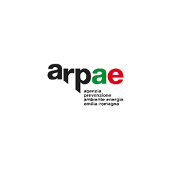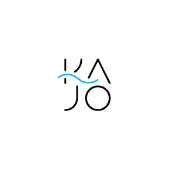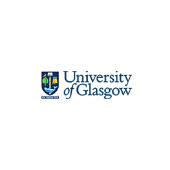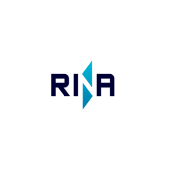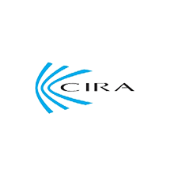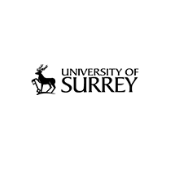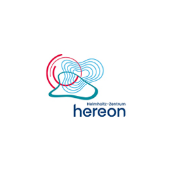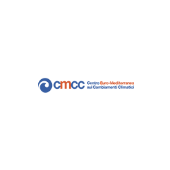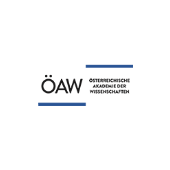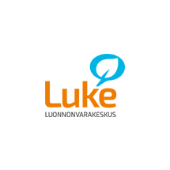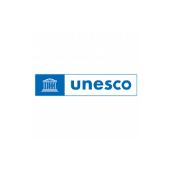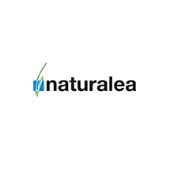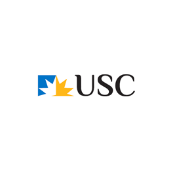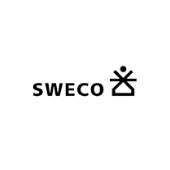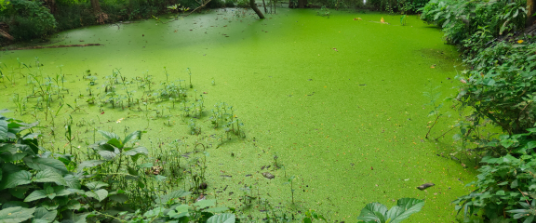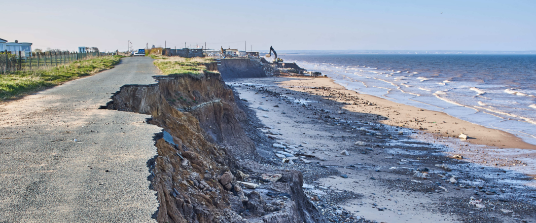Open-air Laboratory
Australia
Operandum open-air laboratories (oals) cover a wide range of hazards, with different levels of climate projections, land use, socio-economic characterization, existing monitoring activities and nbs acceptance.
Weany Creek sub-catchment (13 km2), within the Upper Burdekin Catchment (3626 km2) and part of the Burdekin River Basin
Motivation for choice according to hazard exposure and asset value
Possible nature-based and hybrid solutions
For more information you can visit the interactive page with elaborated details and solutions for OAL-Australia.
Our partners
Hazards
Across the world, we are facing challenges like disaster risk everyday. Some of us are living in areas where disasters are very likely. Which challenges are you facing in your area? Flood, landslides, coastal erosion, drought, something else?
Soil Erosion
Soil erosion is the denudation of the upper layer of soil. It is a form of soil degradation. This natural process is caused by the dynamic activity of erosive agents, such as water, snow, ice, air, plants, animals and humans.
Contact
Have a question, feedback or want to work with us?




